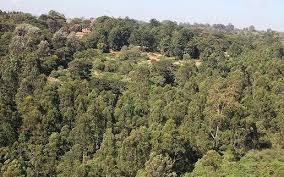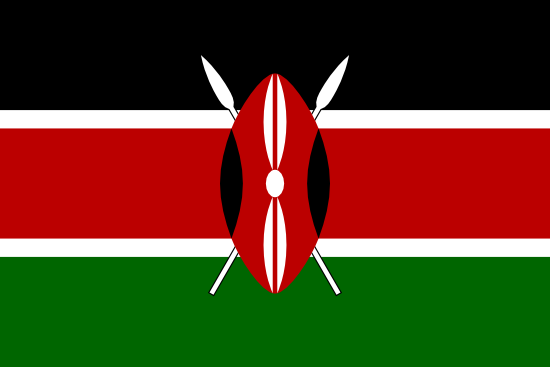Forest and Woodland ecosystem
Forests are the backbone of Kenya’s economy through agriculture and tourism. They also support livelihoods through the provision of food, medicine, wood for construction and fuel, and services such as water catchment areas. They perform important watershed functions, in addition to providing sites for high plant and animal biodiversity. Kakamega Forest has the richest plant diversity in Kenya.
Kenya has 3.5 million ha of forests, including indigenous forests, open woodlands, and plantations, and an additional 24.6 million ha of ‘bushland’. These are highly fragmented and degraded forest patches. An estimated 10 percent of the original wet montane forest remains. Much of the forest cover was lost in the early stages of expanding human cultivation that began some 2,000 years ago and accelerated with the fivefold increase in population, and extensive agricultural expansion since the early 1900s. The demand for timber, fiber and fuelwood spawned by Kenya’s economic growth over the last half-century, coupled with insufficient forest plantation, settlement schemes, and illegal farming and herding, greatly accelerated forest loss and degradation.
Mau Forest is a forest complex in the Rift Valley of Kenya. It is the largest indigenous montane forest in East Africa. The Mau Forest complex has an area of 273,300 hectares (675,000 acres).The forest area has some of the highest rainfall rates in Kenya.[ Mau Forest is the largest drainage basin in Kenya.[ Numerous rivers originate from the forest, including Southern Ewaso Ng'iro, Sondu River, Mara River and Njoro River. These rivers feed Lake Victoria, Lake Nakuru and Lake Natron. Western slopes of the Mau Escarpment are covered by Mau Forest.
Kakamega Forest is a tropical rainforest situated in the Kakamega and Nandi County of Kenya, northwest of the capital Nairobi, and near to the border with Uganda. It is Kenya's only tropical rainforest and is said to be Kenya's last remnant of the ancient Guineo-Congolian rainforest that once spanned the continent.
Mount Kenya is the highest mountain in Kenya and the second-highest in Africa, after Kilimanjaro. The highest peaks of the mountain are Batian (5,199 metres (17,057 ft)), Nelion (5,188 metres (17,021 ft)) and Point Lenana (4,985 metres (16,355 ft)). Mount Kenya is located in the former Eastern and central provinces of Kenya, now Meru, Embu, Laikipia, Kirinyaga, Nyeri and Tharaka Nithi counties, about 16.5 kilometres (10.3 mi) south of the equator, around 150 kilometres (93 mi) north-northeast of the capital Nairobi.[4] Mount Kenya is the source of the name of the Republic of Kenya

